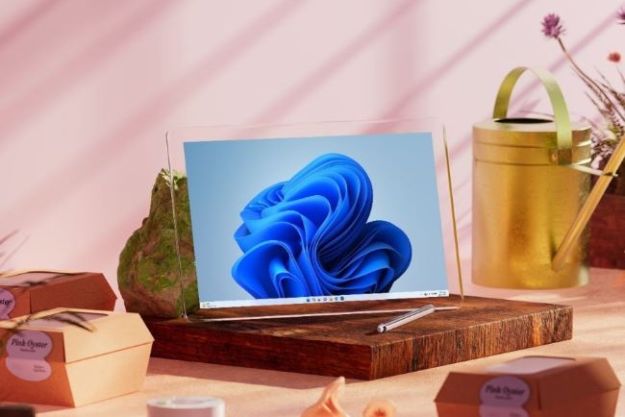
Microsoft confirmed during the IFA 2018 show in Berlin that the next major update to Windows 10 will officially be called Windows 10 October 2018 Update. Internally dubbed as Redstone 5, the upcoming update brings a new set of features including a retooled Game Bar, a revamped version of Notepad, a Cloud Clipboard feature for sharing files across all Windows 10 devices, and more.
Unfortunately, Microsoft currently isn’t providing an exact release date, though the company now confirms the release window. Based on the preview builds provided to the Windows Insider participants, Redstone 5 has remained feature-locked for quite some time. The latest build — Preview Build 17735, which released on August 10 — merely provides a handful of general changes, improvements, and fixes.
One of the more notable features coming in the October 2018 update is the introduction of SwiftKey on Windows 10. Already available on Android and iOS phones and tablets, it enables you to type on virtual keyboards by swiping rather than tapping out each letter. Microsoft acquired SwiftKey in February 2016 for $250 million.
“SwiftKey’s predictive technology aligns with Microsoft’s investments and ambition to develop intelligent systems that can work more on the user’s behalf and under their control,” the company said.
The update will also add support for Microsoft’s “Your Phone” app. It essentially keeps you from lifting your smartphone to check messages and so on by synchronizing the device’s Your Phone app to the Your Phone app on Windows 10. For example, you may receive a text message on your Windows 10 desktop piped in from your phone, and you can either respond immediately through the pop-up or open the Your Phone app and reply there. Cortana already does something similar, but this process promises to be easier and more “native” to the Windows 10 experience.
In addition to formally introducing Windows 10 October 2018 Update, Microsoft also showcased the first “always connected” PC sporting Qualcomm’s new Snapdragon 850 chip: The Lenovo Yoga C630 WOS. What’s interesting here is that Microsoft is moving away from the “Windows on ARM” terminology and is now using “Windows on Snapdragon” to describe this version of Windows 10.
On the outside, Windows on Snapdragon/ARM looks no different than Windows 10 on Intel- and AMD-based PCs. But at its core, the version of Windows speaks a different “language” because Snapdragon chips don’t rely on the same processor design as those provided by AMD and Intel. Qualcomm, Samsung, Nvidia and a handful of other device makers license designs from ARM to create their own flavors of CPUs. These chips typically power battery-reliant smartphones and tablets although Microsoft and Qualcomm are now heavily pushing ARM-based chips into the laptop market.
Other non-Snapdragon devices showcased by Microsoft during the IFA 2018 show included the Lenovo Yoga Book C930 sporting a second E Ink display that replaces the physical keyboard. The Dell Inspiron 13 7000 2-in-1, Microsoft’s own Surface Go, and the Acer Predator Triton 900 gaming laptop were highlights during the show as well. As previously reported, Acer’s upcoming laptop sports a flippable display using a special, CNC-machined hinge.
Editors' Recommendations
- The next big Windows 11 update has a new hardware requirement
- Microsoft announces a new threat to push people to Windows 11
- Beware! The latest Windows 11 update might crash your PC
- 7 beloved Windows apps that Microsoft has killed over the years
- How to remove a Microsoft account from Windows 11


